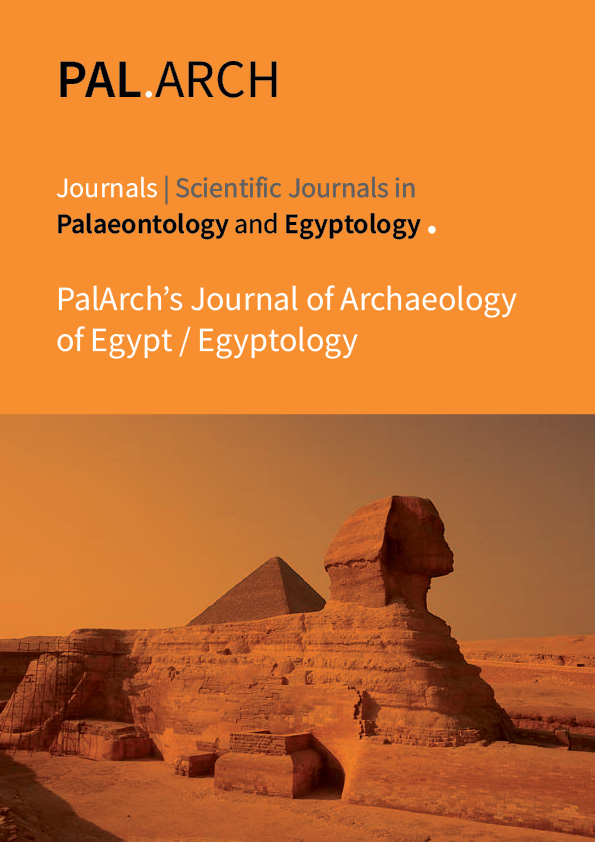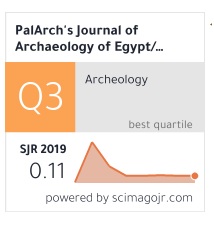CONSTRUCTING KANSEI ENGINEERING METHODOLOGY BASED ON CONSUMER EXPERIENCES IN CHILDREN’S LUGGAGE
Abstract
Nowadays, there are many children’s luggage on sale in the Chinese market. However, the
proportion of children owning children’s luggage is still low. The lack of correct value
determination of children’s luggage leads to consumers not having the desire to buy the
luggage. Furthermore, understanding consumer experiences is the key to determine the value
of children’s luggage. Previous researches did not analyse the consumer experiences of
children’s luggage. The lack of understanding of the consumer experiences of children’s
luggage leads to the value of the luggage cannot be correctly determined. These two
problems have caused children’s luggage to lose their competitive advantages in the
children’s consumer market.Therefore, this study targets to support the sales of children’s
luggage and enhance the development of children’s luggage industry through using Kansei
Engineering methodology. The findings found that the performance and appearance of
children’s luggage were the two important components that parents will pay attention to
when purchasing a luggage for their children. Children’s luggage with more convenience,
comfortableness, safety, durability, pleasure and authority have a higher competitive
advantage. Design elements of simple internal structure, convenient sliding moving mode,
simple pull/push moving mode, smooth and hard shell, comfortable and soft shell, flexible
and stable double row wheel, comfortable U-shaped telescopic handle, comfortable button
opening mode, smooth or functional shape should be selected to design a high value
children’s luggage. The findings will help designers to design a children’s luggage that
provides more competitive advantages, thus promoting children's luggage sales and
improving the children's luggage industry.



